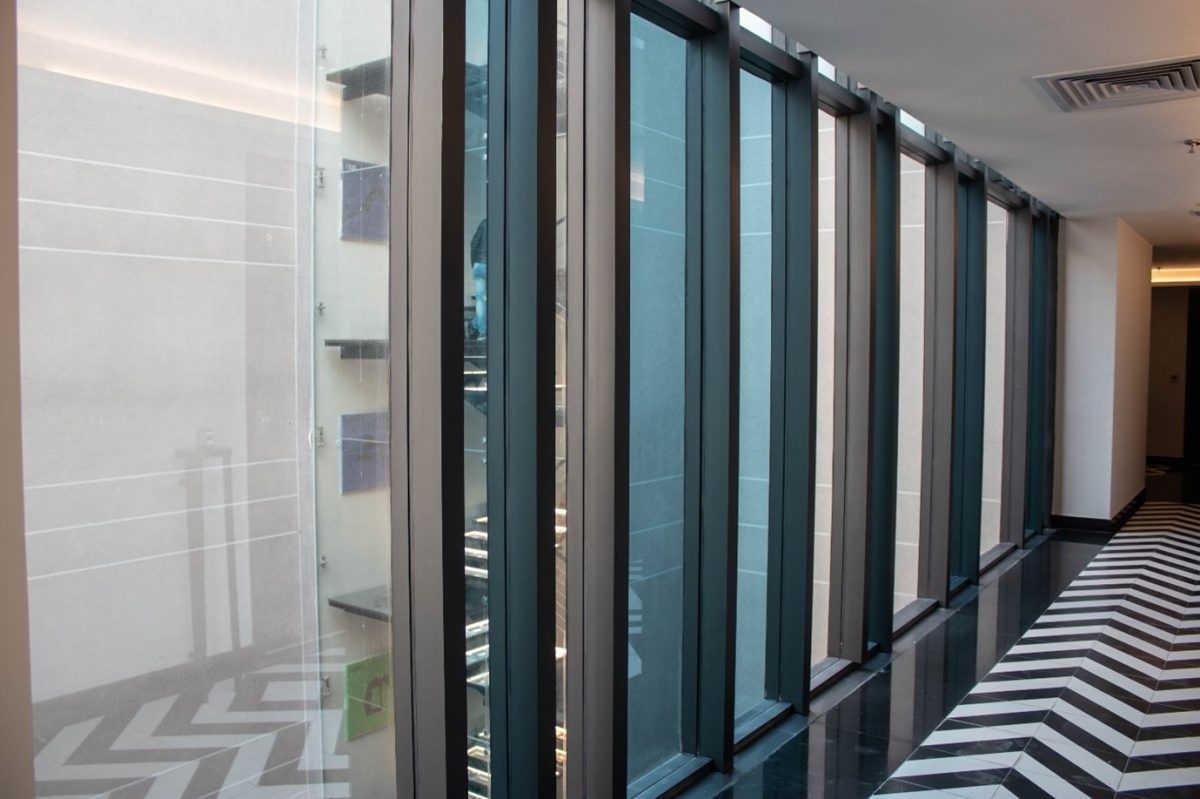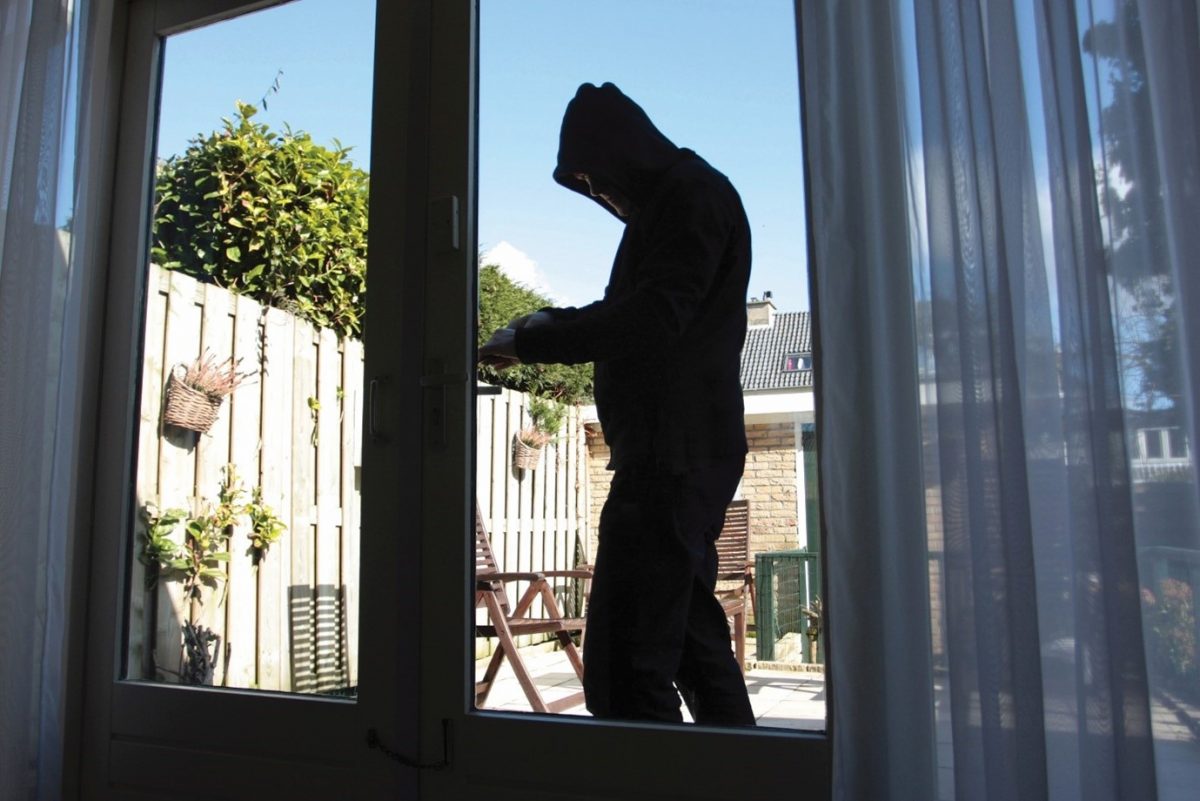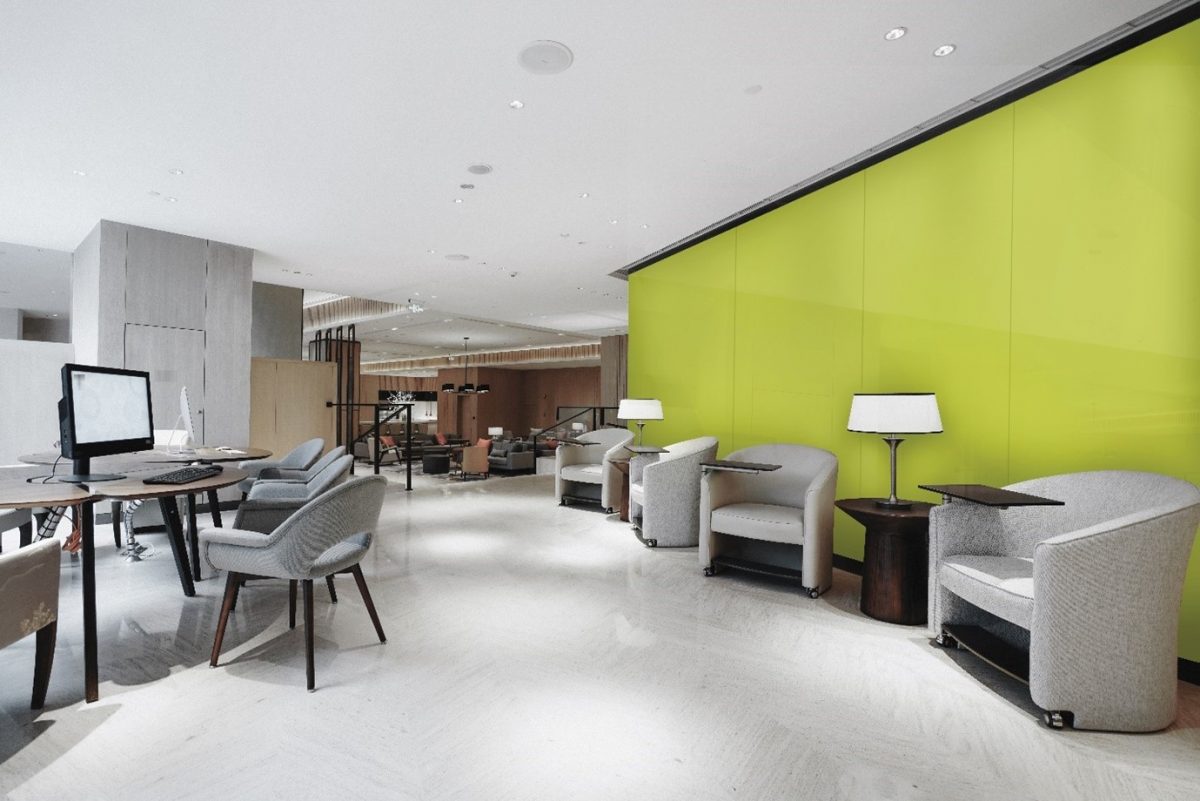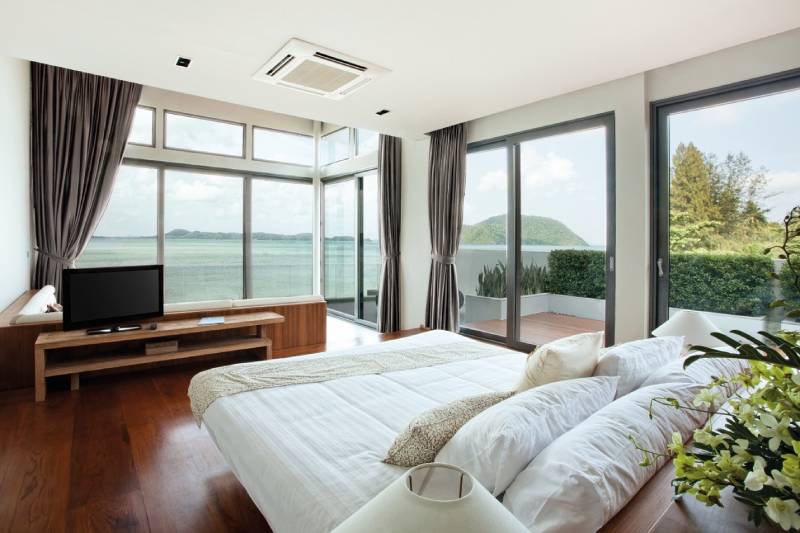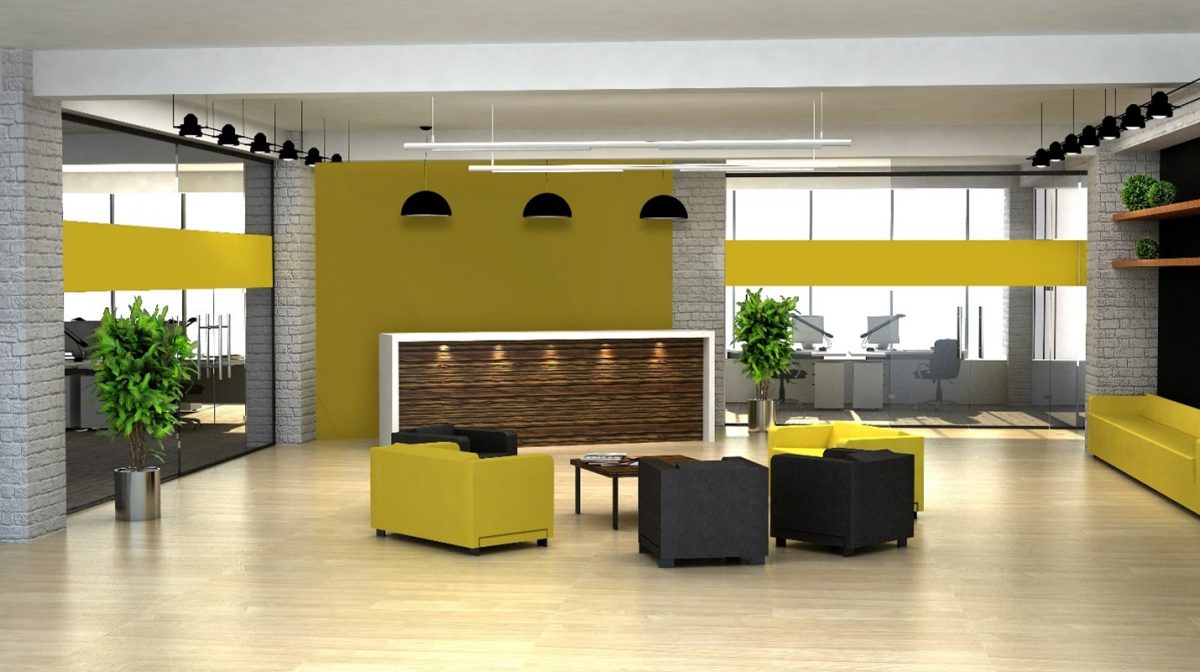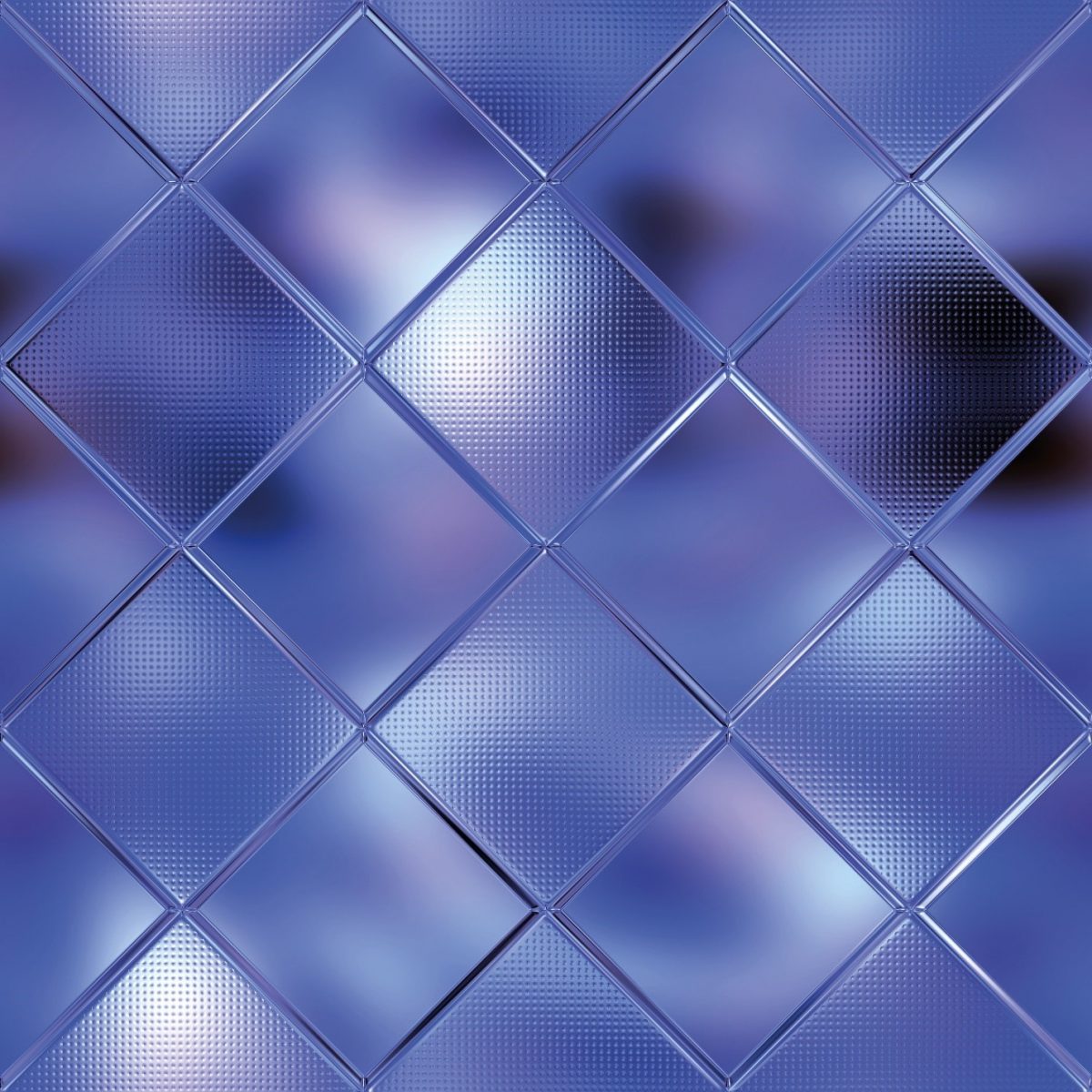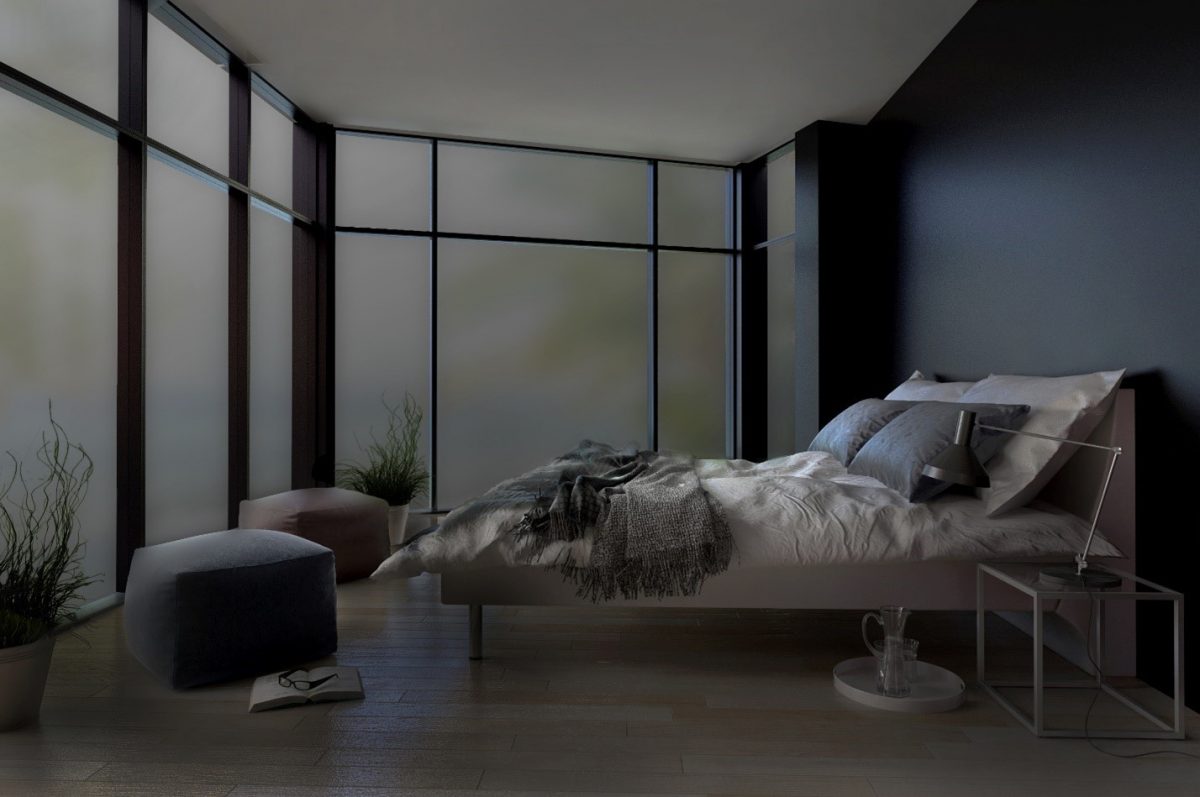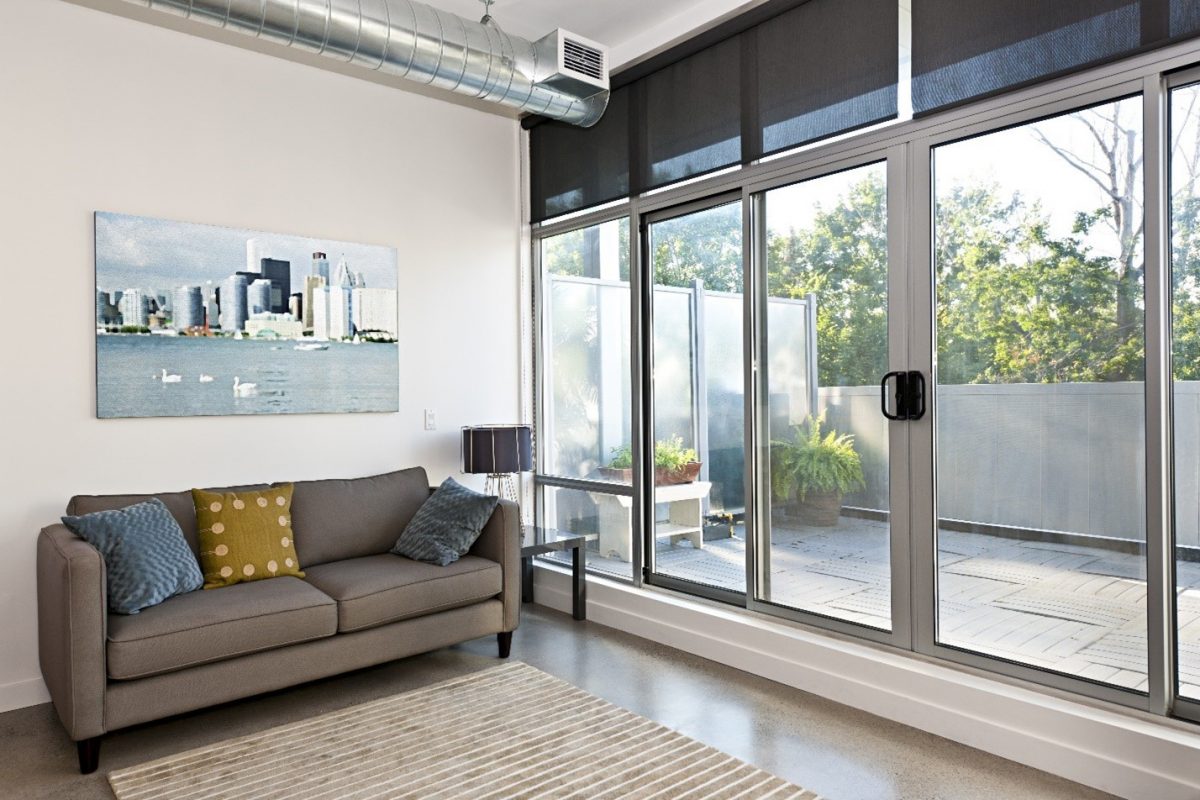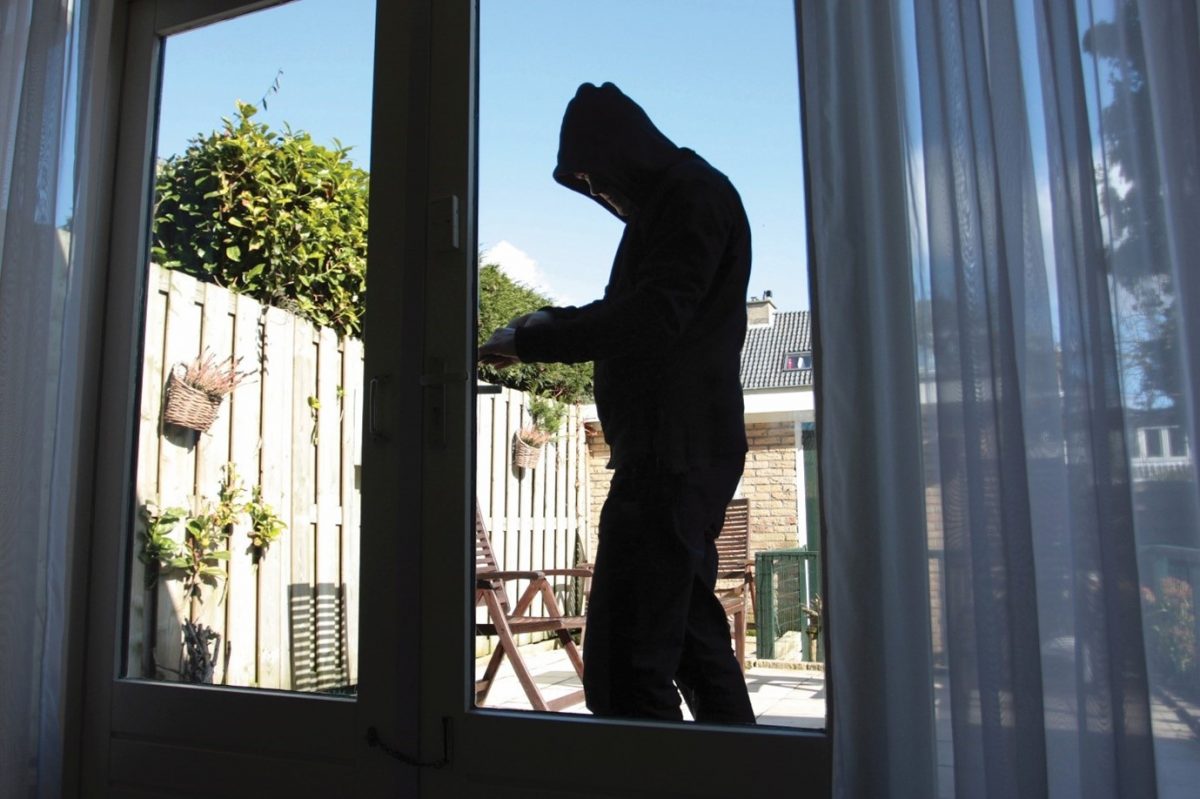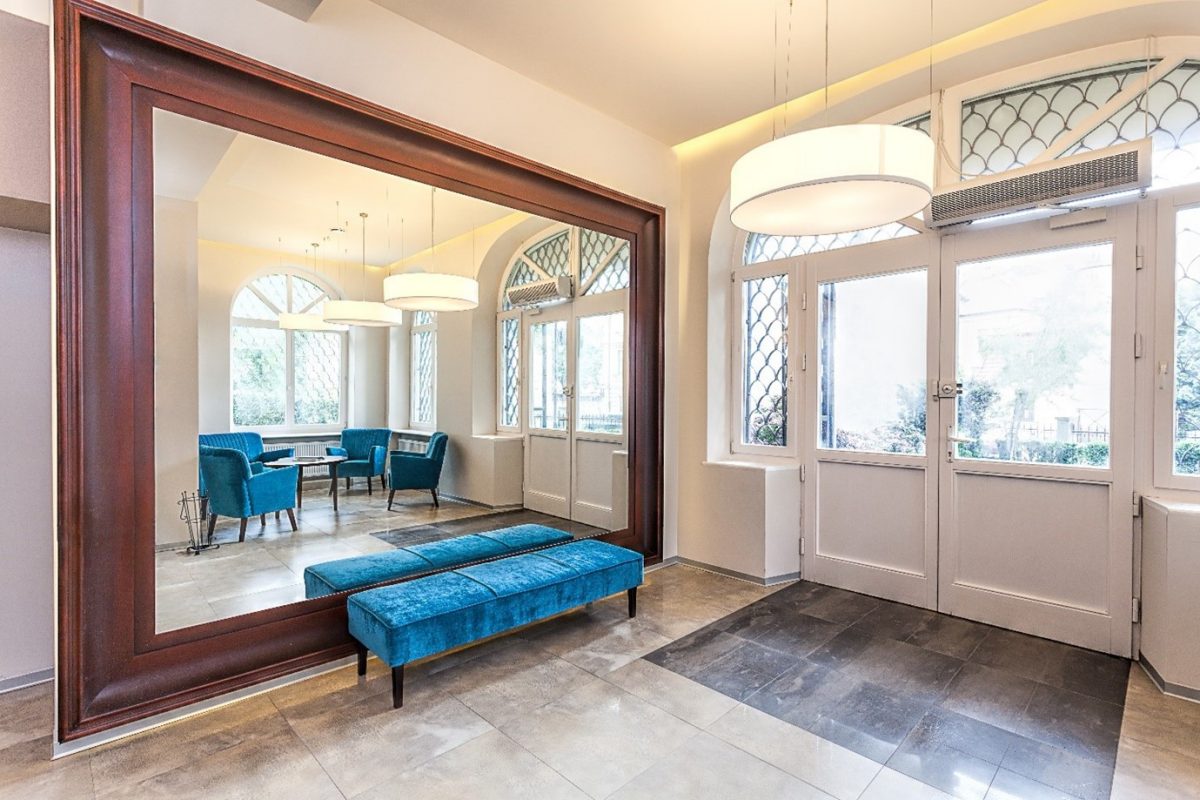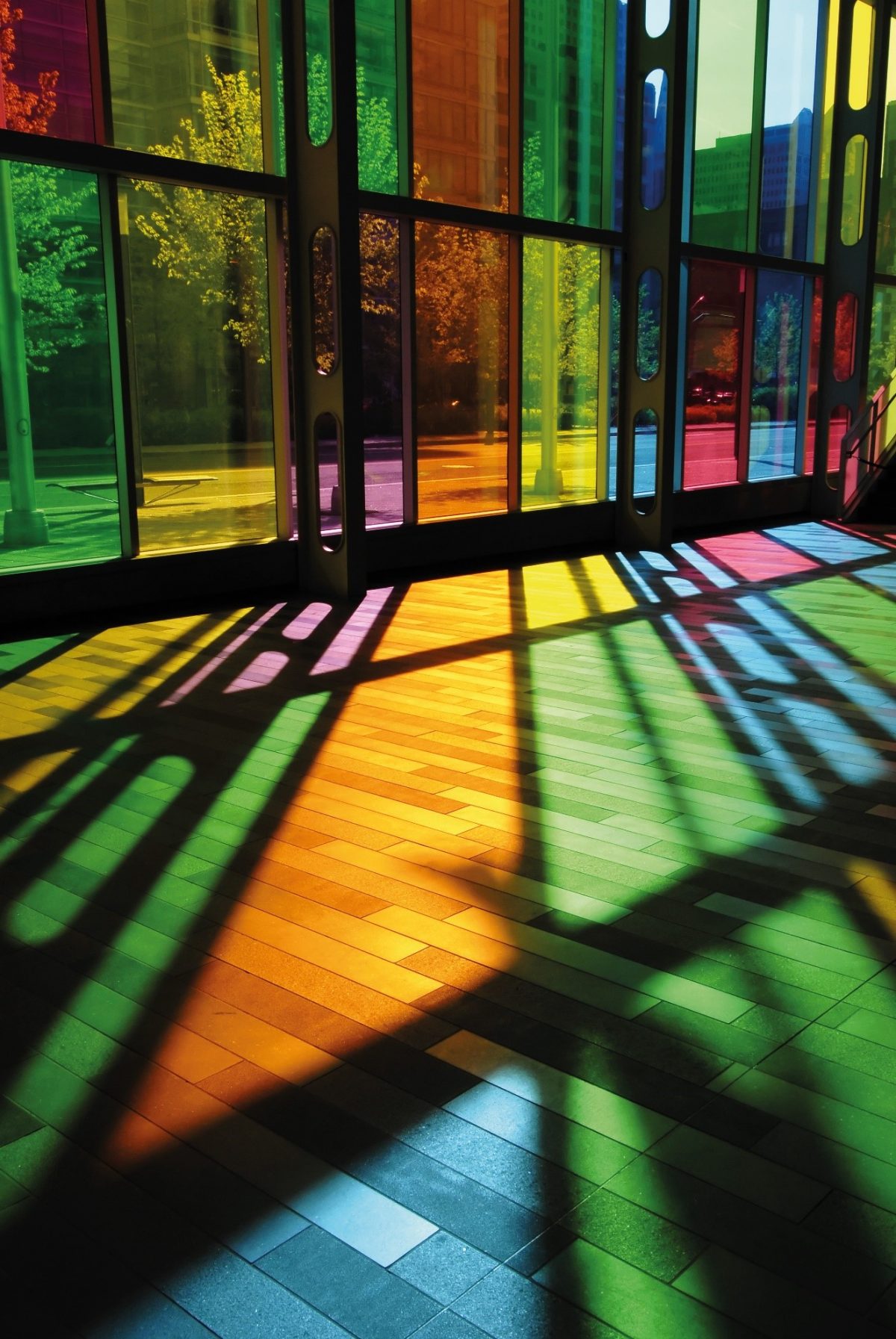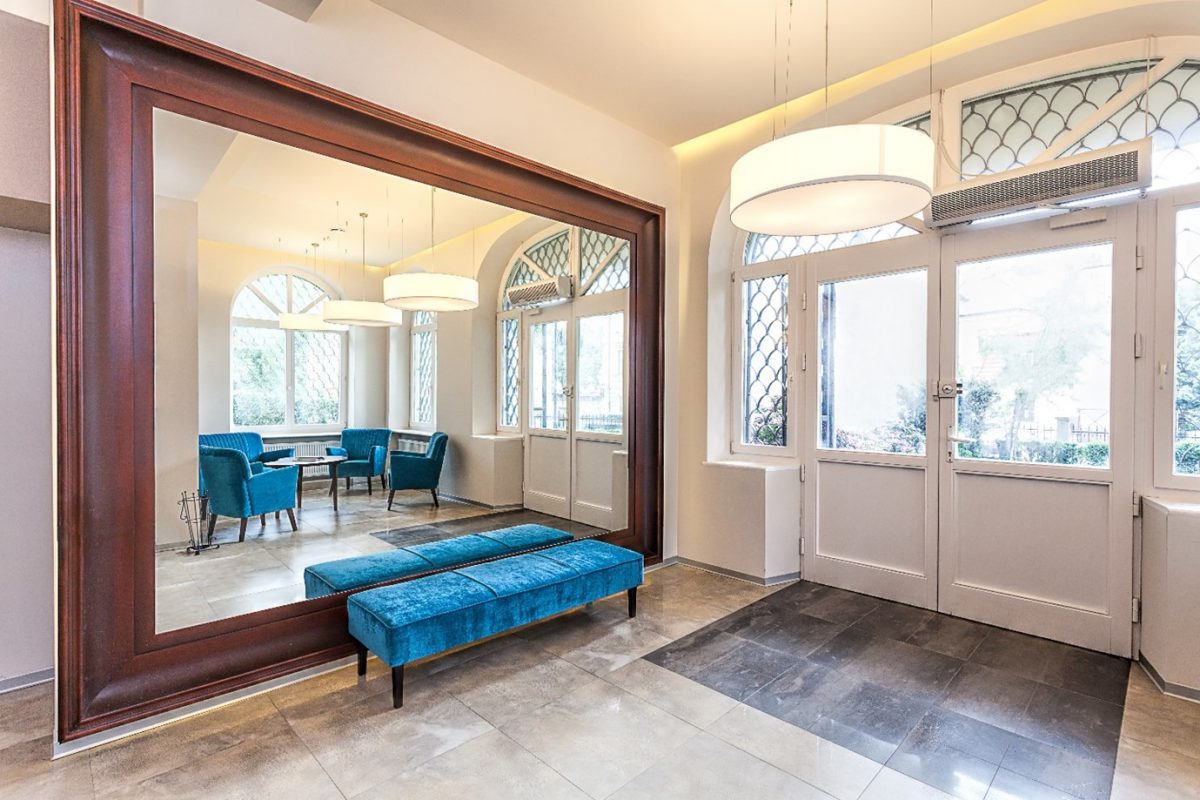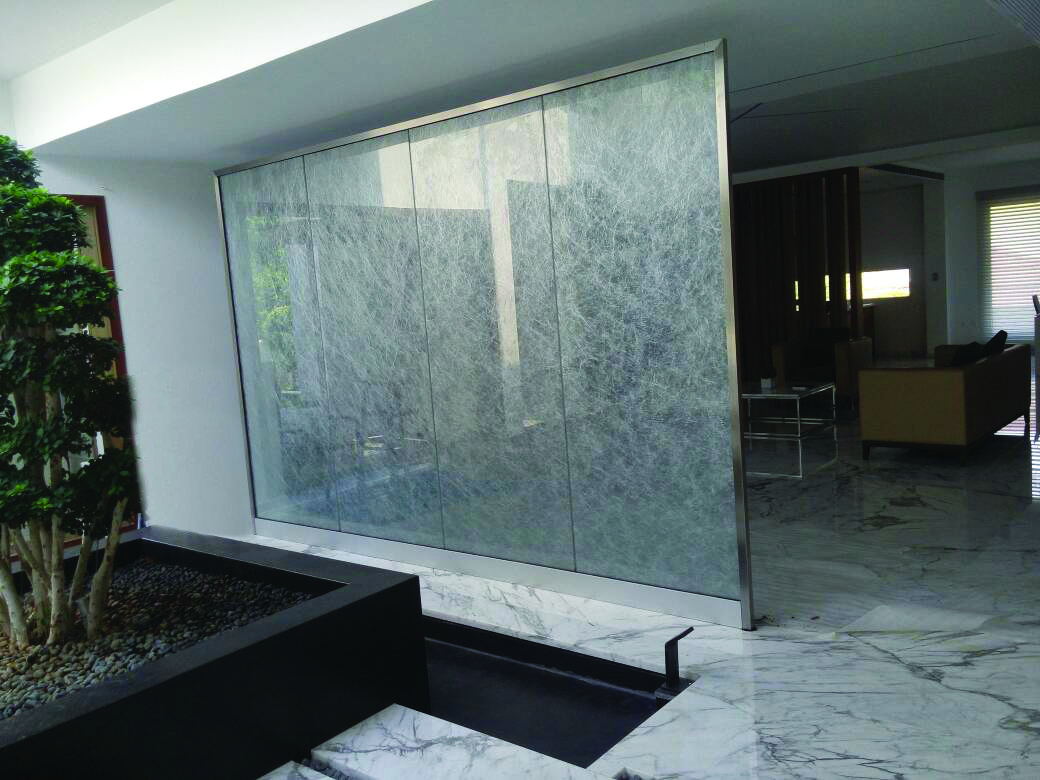The driving experience is evolving rapidly thanks to innovative automotive technologies. One fascinating development is the rise of car head up displays. These smart displays transform how we interact with our vehicles by projecting critical data onto the windshield. In this article, we’ll explore how head-up displays are revolutionizing driving.
From enhanced safety and navigation to reduced eyestrain, discover how the future of the in-car experience is already here with the help of this cool new tech.
Let’s take a look at these benefits.
1. Driving Safer
Staying focused on the road is important for safe driving. But it can be tough not to look away when checking speeds, maps or alerts. Luckily, HUDs lessen distractions. With speed, directions, and warnings shown right in front, you don’t need to glance down as much. Having extra seconds looking up ahead helps spot problems sooner.
2. Convenience on Wheels
As great as technology is, taking your eyes off the road to check something is only sometimes convenient. With HUDs, all the important information, like your speed or turn-by-turn directions, is right in your view without diverting your focus. The best part is that newer models are so intuitive and respond to voice commands. Your drives become more relaxing knowing what you need is projected helpfully on the windshield.
3. Easier Navigation
Getting turned around in unfamiliar areas can be stressful. Thankfully, HUDs take the guesswork out of direction. Rather than hunting through screens, your next moves appear right on the windshield. Advanced systems even overlay arrows onto the actual road using augmented reality. It feels like you’re playing a video game but navigating real streets. With directions helpfully highlighted in front, following the turns couldn’t be simpler.
4. Less Eye Strain
We’ve all been there—long drives where your eyes feel heavy from checking different screens. HUDs help by keeping related info in your direct line of sight. Rather than peeking down lots, you can focus ahead more. Over time, this consistent viewing is nicer on the eyes. Trips feel less draining thanks to reduced strain. At the end of a long day, HUDs help keep you feeling fresh for the important thing—safely navigating the roads.
Future of Driving
The continuous evolution of HUD technology will lead to an even more immersive and interactive driving experience in the future. Innovations such as full-windshield HUDs, which could display a wide array of information and interactive features across the entire windshield, are on the horizon. These advancements could transform windshields into interactive displays, providing drivers with unparalleled access to information and vehicle controls while maintaining an unobstructed view of the road.
Moreover, as autonomous driving technologies advance, HUDs could play a crucial role in the transition period where human drivers and autonomous systems share control responsibilities. By seamlessly providing real-time information and feedback, HUDs can ensure that drivers remain informed and ready to take over when necessary, fostering trust and confidence in autonomous systems.
Conclusion
Head-up displays are more than just a novel feature in modern vehicles; they represent a significant leap forward in automotive technology, with profound implications for safety, convenience, and the future of driving. By seamlessly integrating vital information into the driver’s line of sight, HUDs minimize distractions, enhance navigation, reduce eye fatigue, and improve overall safety. As this technology continues to evolve and integrate with other advanced driving systems, the potential for HUDs to revolutionize driving is boundless.
To learn more about the installation and revolution of car head-up displays, get in contact with AIS Glass.


